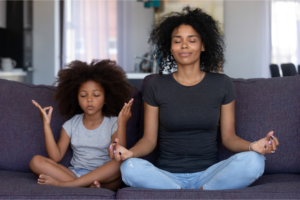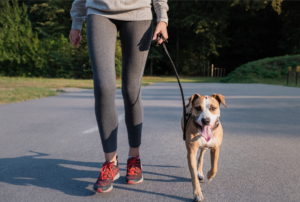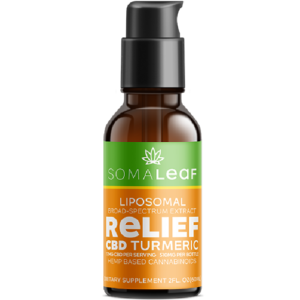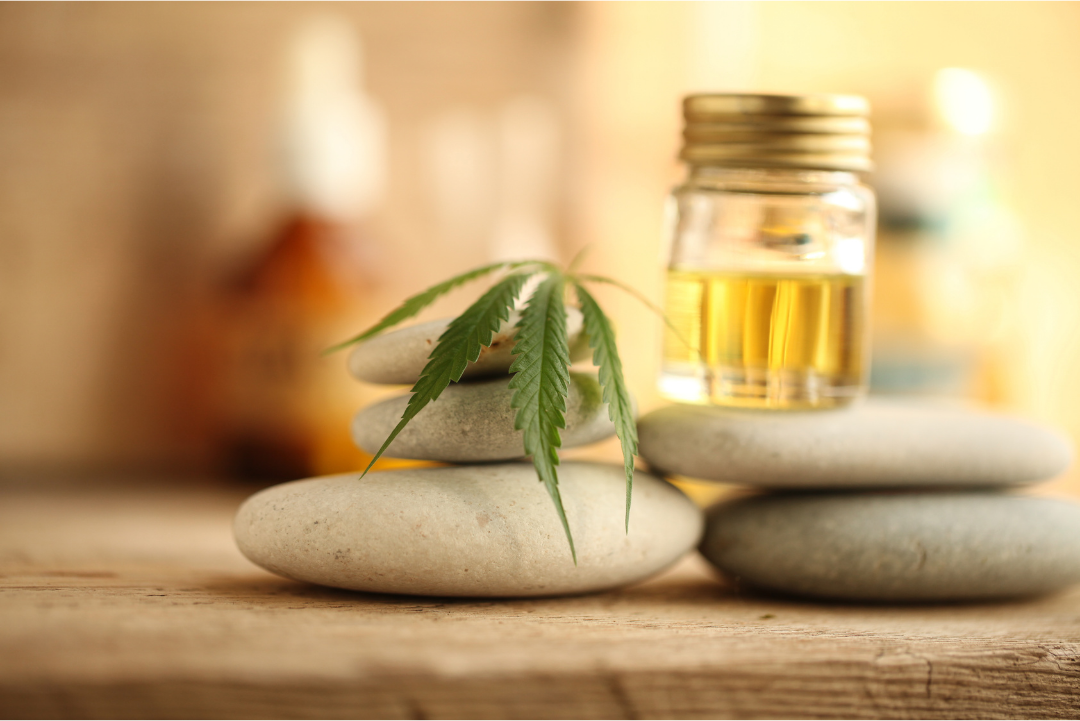As the seasons change, this time of year can seem a little hectic. Deadlines at work need to be met, the kids now need rides to and from school, and holiday plans need to be made… It may feel more challenging to slow down, and take the time to relax.
However, it is just as important to find ways to de-stress and relax as it is to eat well and exercise to maintain our health. Too much stress can negatively impact your health, leaving you worse off.
Sometimes, it takes a more structured approach to help us relax. Just like any new skill, trying new methods of relaxation may take a little practice before they feel natural. These methods incorporate mindfulness. Mindfulness describes a way of modern living that targets your worries, relaxes you, and allows you to remain present in your day-to-day life. [1]
Practicing mindfulness can help relax your body, lessen mental strain, and sharpen your focus. Let’s explore three ways you can use mindfulness to help you relax and de-stress.
1. Deep Breathing – Square Breathing Technique
You might hear “take a deep breath” and roll your eyes, but it’s actually scientifically proven to help your physical and mental strain! [2] This is because focusing the body and mind on slow measured breathing interacts with your parasympathetic nervous system. This directly affects your brain in a positive way, allowing for more emotional control, and slowing down an overstimulated mind.
Here’s how you can practice the square breathing technique:

- Sit or lie down with your hands on your stomach and close your eyes.
- Breathe in normally and release — you should feel your stomach go in and out. You want to use your diaphragm to breathe — this means let your stomach move!
- Imagine you are drawing a square with your breath. Breathe in deeply through your nose for four counts to draw the first side of the square, making sure to relax your shoulders. Hold the breath in for another four counts to draw the first corner.
- Exhale slowly for at least four counts to draw the next side of the square. Again, hold the breath in to draw the second corner. Continue the whole process until you’ve drawn a full square with your breath. Repeat this process four more times, or for as many times as you think you need.
2. Turn Off the Electronics
Phone screens, computer screens, tablets, and TV – we are looking at screens constantly, and it can sometimes feel difficult to escape. There is some research to suggest that time away from our screens may cause feelings of anxiety, and that this anxiety can lead to poorer executive functioning and issues sleeping. [3] This impacts our ability to focus, follow direction, and can make it difficult for us to regulate emotion and stress.

In other research, researchers found that those who read an ebook compared to a traditional book had delayed onset of melatonin release by 90 minutes (melatonin is the hormone most associated with the sleep-wake cycle). Additionally, those who read an ebook before bed released half the amount of melatonin compared to those who read traditional books. [4] This means that the electronics you’re using before bedtime could potentially lead to delayed sleep and worse sleep quality.
So, to help you get a better night’s rest and to keep your stress at bay, we recommend turning off electronics one hour after you wake up, and one hour before bedtime. Spend this time reading, exercising, deep breathing, writing in a journal, or whatever helps you feel relaxed. However you spend this time, do your best to spend it away from the screens.
3. Take a Walk

Sometimes, the best way of reducing stress is to just walk away from it. For a moment or two, at least. Research shows that walking, even for as little as 10 minutes, is a proven method of reducing stress and improving mood. [5] Exercise, like walking and other aerobic activities, triggers your body to release neurotransmitters, called endorphins. These endorphins are produced for the intention of relieving stress and pain in the body, and are often associated with the feeling of “runner’s high”.
Get in the habit of going for a walk, or getting active, every day! Daily movement may reduce your risk of chronic diseases, like diabetes and heart disease, and can be effective in improving sleep quality. Your mind and body will thank you.
Pair With CBD
If you’re feeling extra tension in your body and mind, CBD can help you get into a more relaxed state. In numerous scientific studies, cannabidiol has been shown to help reduce mental strain. [6] This is most likely due to how CBD interacts with specific receptors which help support lower levels of stress hormones, and may alter signals to other hormones. CBD helps bring all of these benefits without the psychoactive effects of THC.
If you would like to use CBD during deep breathing and meditation exercises, but don’t want the psychoactive effects of THC, make sure you’re using broad-spectrum CBD, as full-spectrum will contain THC as well.
Also, ensure that the CBD tincture you choose is able to be fully absorbed by the digestive system, otherwise you might not get the maximum benefits from your product.
Our suggestion for ultimate serenity? Try taking a serving of CBD about 20-30 minutes before you meditate or have a breathing session.

Somaleaf: A Unique CBD Formula
Many people have been turning more and more in recent years to natural health products like CBD, and we have combined our CBD tincture with our patented liposomal delivery formula. This system is crucial to absorbing the benefits of CBD oil.
Many CBD products can pass through your system and dissolve before having the chance to be utilized by your body, due to its high water solubility. Why purchase a product that won’t work? Our unique liposomal delivery formula avoids this issue and enhances bioavailability and absorption.
If you are thinking of adding CBD to your daily regimen, click here to learn more about our CBD tincture. And as always, consult a medical professional before changing or adding anything to your daily routine.
Citations
- “What Is Mindfulness?” Mindful Schools, 12 Mar. 2020, https://www.mindfulschools.org/what-is-mindfulness/?gclid=Cj0KCQiAqdP9BRDVARIsAGSZ8Al_J3EauJ-cGqOszAEG8zRDImTEAJQKln-Ve-b9x2HtHxIAWIbG-4MaAqFaEALw_wcB.
- Zaccaro A, Piarulli A, Laurino M, et al. How Breath-Control Can Change Your Life: A Systematic Review on Psycho-Physiological Correlates of Slow Breathing. Front Hum Neurosci. 2018;12:353. Published 2018 Sep 7. doi:10.3389/fnhum.2018.00353
- Rosen L, Carrier LM, Miller A, Rokkum J, Ruiz A. Sleeping with technology: cognitive, affective, and technology usage predictors of sleep problems among college students. Sleep Health. 2016 Mar;2(1):49-56. doi: 10.1016/j.sleh.2015.11.003. Epub 2016 Jan 4. PMID: 29073453.
- Impact of light-emitting eBooks before bed. Anne-Marie Chang, Daniel Aeschbach, Jeanne F. Duffy, Charles A. Czeisler. Proceedings of the National Academy of Sciences Jan 2015, 112 (4) 1232-1237; DOI: 10.1073/pnas.1418490112
- Edwards MK, Loprinzi PD. Experimental effects of brief, single bouts of walking and meditation on mood profile in young adults. Health Promot Perspect. 2018;8(3):171-178. Published 2018 Jul 7. doi:10.15171/hpp.2018.23
- Cherney, Kristeen. “Can CBD Oil Help Reduce Anxiety?” Healthline, Healthline Media, 4 Apr. 2020, https://www.healthline.com/health/cbd-for-anxiety#what-research-says.





